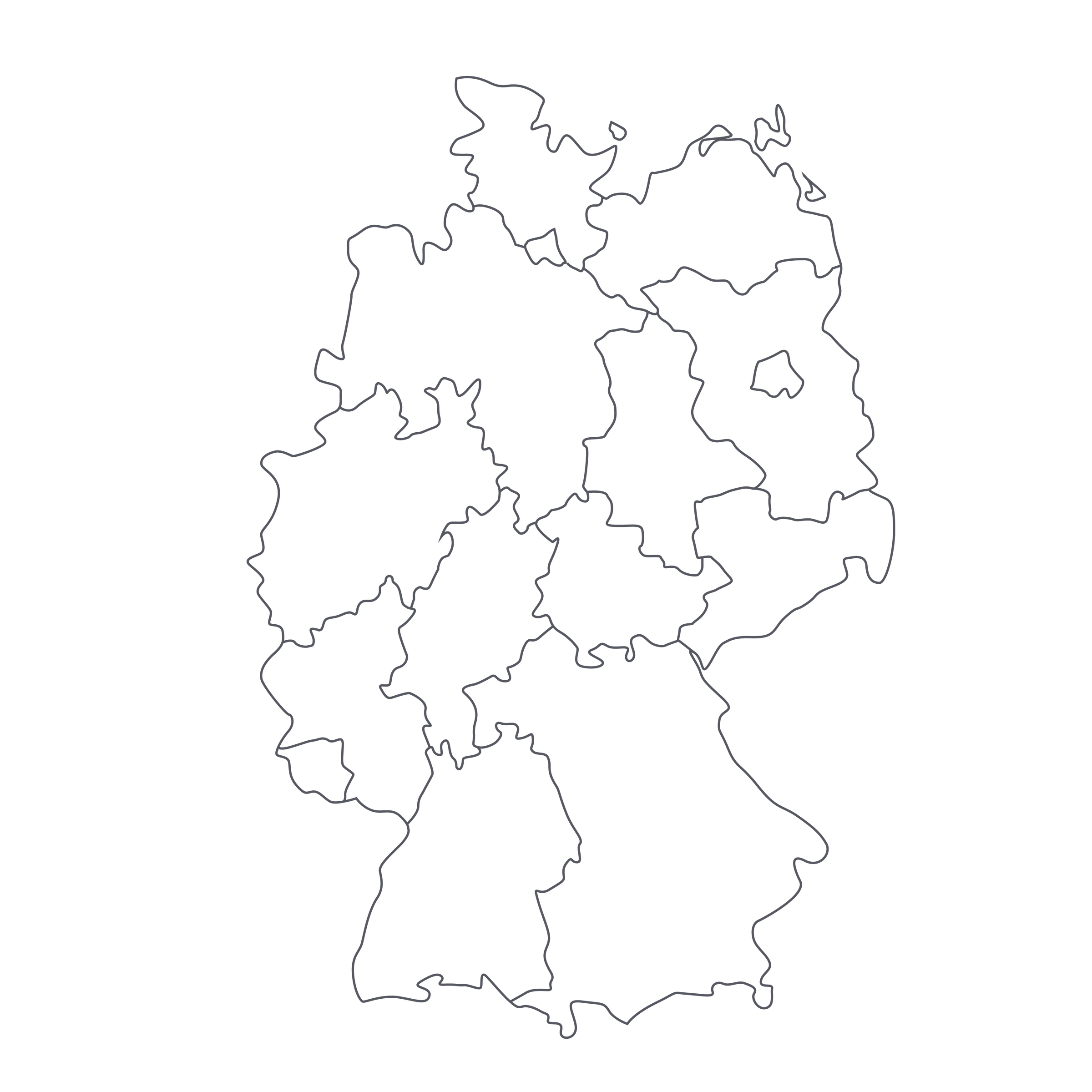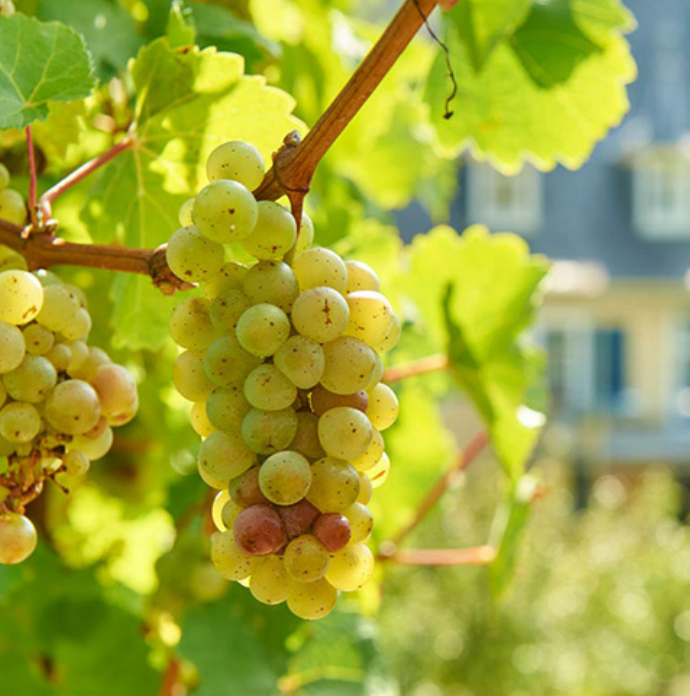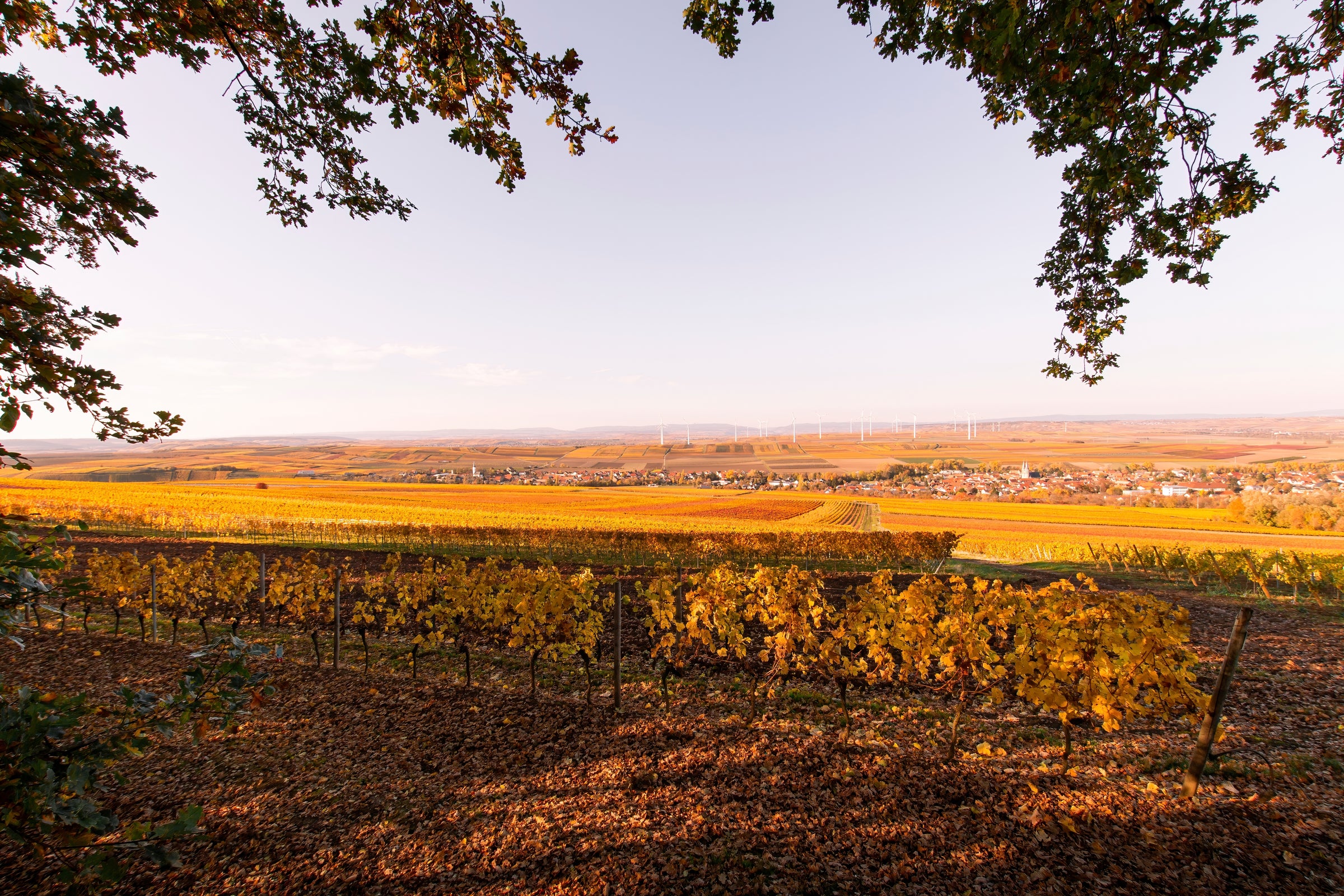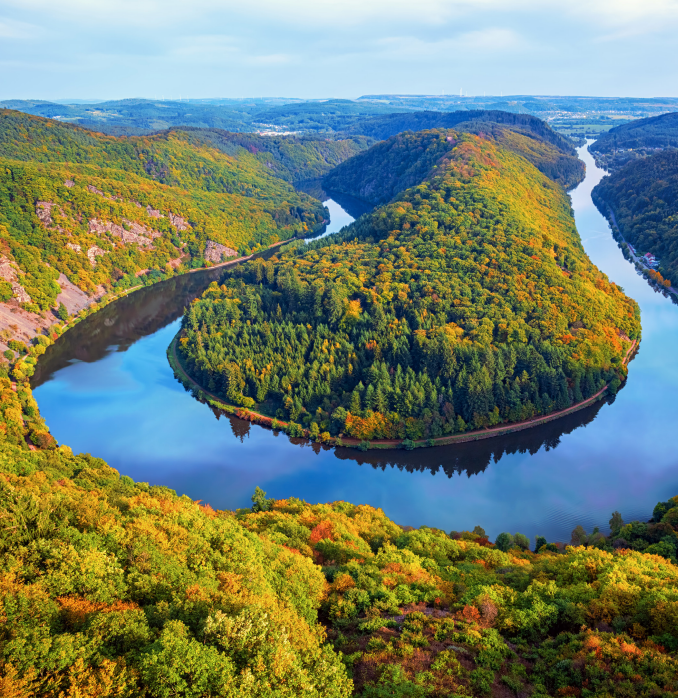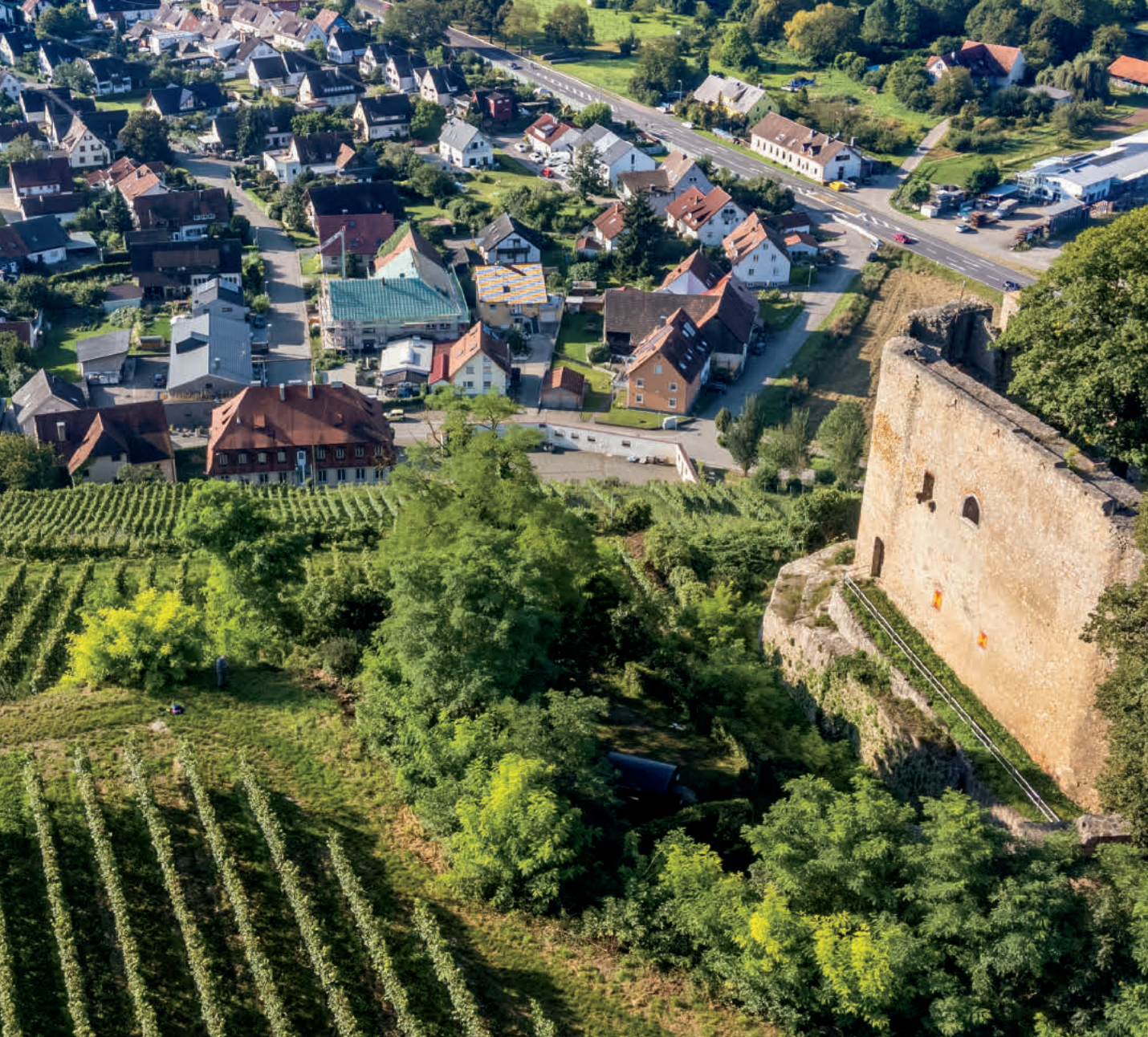No matter where you turn for your wine reading, every critic and publication shared the same record-high enthusiasm for German Riesling in 2019. After they all returned from their massive horizontal tastings and cellar visits, whispers began coming out of the woodwork that this so-called “100-point vintage” was unlike anything they’d seen this century, and that the wines were already excellent but would evolve beautifully for decades to come. So, of course, all this hype was buzzing around our table when today’s 2019 single-vineyard Kabinett splashed into our glass. At first glance, we were blinded by its neon-bright core, and then our senses were further arrested after a cannonade of exotic fruit, smoke, and petrol blasted out—but it was the highly energized palate that sent us completely over the edge.
This is liquified lightning that’s loaded with (1) smoky, volcanic minerality, (2) staggeringly ripe, sun-drenched fruit, and (3) maximum levels of thirst-quenching acidity—the masterful interplay of sweetness and piano-wire tension still has my hair standing on end! Rarely does a wine evoke such a visceral response out of us but, aside from the fire-sale price, Anheuser’s 2019 Königsfels is no ordinary wine. How many times do I have to say it? The chameleonic properties and soaring energy of off-dry Riesling cannot be matched by any other grape. Only a single pallet entered the country. Go wild.
The Anheusers trace their ancestry in the village of Bad Kreuznach to the 1600s; many of their heirloom vineyards have been in their possession for generations. The family has been here so long, they’re considered the very first in the entire Nahe region to plant vineyards solely to Riesling. But despite their extensive track record, their operation remains a humble one and is still entirely staffed by family members. They have also built a fine reputation in the Nahe for stockpiling vintages in their cellar, as you’ve delightfully discovered over the past few years. Keep your eyes peeled for more of these ancient cellar gems in 2021...
rn
rn
The hamlet of Schloßböckelheim, made famous by Dönhoff, was known as Böckelheim well over a millennium ago, but after the construction of a hilltop castle (schloss in German), the village earned itself another attachment—and yet another syllable for we Americans to butcher. Within the village lies Königsfels, a highly regarded, steep, south-facing site that sits at a major bend in the Nahe River. Its name translates to “king’s hill” because some king, at some point in medieval history, was reportedly captured and held in the castle’s dungeon for the duration of his life.
rn
rn
Today, Königsfels is entirely owned and sustainably farmed by the Anheuser family. And, because of its rocky incline, almost all of the vine work must be carried out by hand during the growing season. For this 2019 bottling, grapes were manually picked at the Kabinett level (the first tier of ripeness come harvest time) and the pressed juice underwent a cool fermentation in their vaulted cellars. The resulting wine subsequently aged in large oak casks for a brief period.
rn
rn
Kabinett Rieslings are always fascinating to taste because of the (often dramatically) varying degrees of sweetness each taster perceives. Yes, there’s residual sugar at play but an electric charge of acidity offsets it to such a degree, many can finish perceivably dry and savory. This 2018 “Königsfels” Kabinett explodes with exotic fruit and mineral shrapnel in the form of mango peel, guava, juicy white peach, kiwi, Kaffir lime, honeysuckle, petrol, crushed stone, and smoke. Its aromatics are so enticing, you’ll hardly have time to appreciate them before taking a mighty gulp and experiencing the instantaneous and seamless transition from sweet fruit to crushed mineral to bracing acidity. With its earth-rattling minerality and energetic shockwaves, I wouldn’t be surprised if this wine made an appearance on the Richter scale. Simply put, it is a mouthwateringly ripe, beautifully layered, tension-filled Riesling that I’ll never tire of drinking. Enjoy now and over the next decade, minimum.
rn
